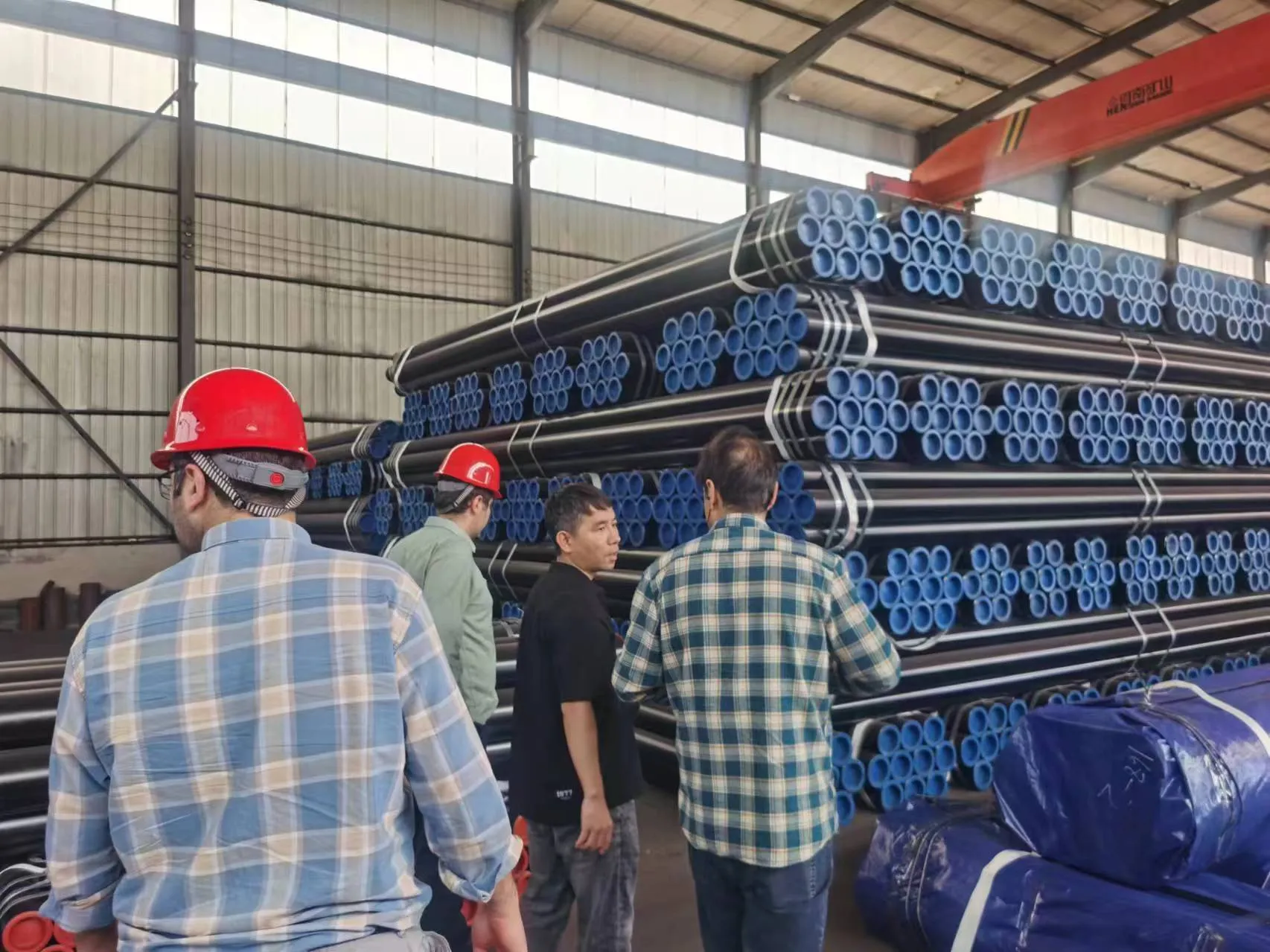-
Cangzhou Yulong Steel Co., Ltd.
-
Phone:
+86 13303177267 -
Email:
admin@ylsteelfittings.com
- English
- Arabic
- Italian
- Spanish
- Portuguese
- German
- kazakh
- Persian
- Greek
- French
- Russian
- Polish
- Thai
- Indonesian
- Vietnamese
- Zulu
- Korean
- Uzbek
- Hindi
- Serbian
- Malay
- Ukrainian
- Gujarati
- Haitian Creole
- hausa
- hawaiian
- Hebrew
- Miao
- Hungarian
- Icelandic
- igbo
- irish
- Japanese
- Javanese
- Kannada
- Khmer
- Rwandese
- Afrikaans
- Albanian
- Amharic
- Armenian
- Azerbaijani
- Basque
- Belarusian
- Bengali
- Bosnian
- Bulgarian
- Catalan
- Cebuano
- China
- China (Taiwan)
- Corsican
- Croatian
- Czech
- Danish
- Esperanto
- Estonian
- Finnish
- Frisian
- Galician
- Georgian
- Kurdish
- Kyrgyz
- Lao
- Latin
- Latvian
- Lithuanian
- Luxembourgish
- Macedonian
- Malgashi
- Malayalam
- Maltese
- Maori
- Marathi
- Mongolian
- Myanmar
- Nepali
- Norwegian
- Norwegian
- Occitan
- Pashto
- Dutch
- Punjabi
- Romanian
- Samoan
- Scottish Gaelic
- Sesotho
- Shona
- Sindhi
- Sinhala
- Slovak
- Slovenian
- Somali
- Sundanese
- Swahili
- Swedish
- Tagalog
- Tajik
- Tamil
- Tatar
- Telugu
- Turkish
- Turkmen
- Urdu
- Uighur
- Welsh
- Bantu
- Yiddish
- Yoruba

Nov . 13, 2024 12:14 Back to list
schedule 40 welded pipe fittings
Understanding Schedule 40 Welded Pipe Fittings
In the world of plumbing and piping systems, the significance of pipe fittings cannot be understated. Among the various types available, Schedule 40 welded pipe fittings hold a crucial place due to their versatility and strength. These fittings are designed to manage the flow of water, gas, and other fluids within a system, ensuring that connections are secure and resistant to pressure.
What is Schedule 40?
Before delving into the characteristics of Schedule 40 welded pipe fittings, it is essential to understand what Schedule means in the context of piping. The term Schedule refers to the wall thickness of the pipe, which directly correlates with its ability to handle pressure. Schedule 40 is one of the most commonly used schedules for both pipe and fittings, making it a standard choice in residential and commercial applications alike.
Schedule 40 pipes have a thinner wall compared to Schedule 80, which means they are lighter and generally easier to work with. However, they are still robust enough to handle standard pressure levels, making them ideal for a wide range of applications, from water supply lines to irrigation systems.
Characteristics of Welded Pipe Fittings
Welded pipe fittings are those that are joined to the pipe through the welding process, providing a durable and leak-proof connection
. The key advantages of using welded pipe fittings over other types, such as threaded or flanged fittings, include1. Strength and Durability The welding process creates a strong bond between the fitting and the pipe, significantly enhancing the overall integrity of the connection. This is particularly important in high-pressure environments.
schedule 40 welded pipe fittings

2. Minimal Leakage Risk Since welded fittings do not use threads or seals, which can wear out or break over time, they offer a lower risk of leaks. This is particularly valuable in systems where fluid containment is critical.
3. Versatility Schedule 40 welded pipe fittings come in various shapes and sizes, including elbows, tees, couplings, and reducers. This versatility allows for the design of complex piping systems tailored to specific needs.
4. Resistance to Corrosion Many Schedule 40 welded fittings are made from stainless steel or other corrosion-resistant materials, making them suitable for harsh environments or corrosive substances.
Applications
The applications of Schedule 40 welded pipe fittings are extensive. They are commonly used in
- Residential Plumbing For water supply lines, drainage systems, and HVAC applications. - Commercial Construction In larger buildings where plumbing needs require robust and reliable fittings. - Industrial Settings Such as oil and gas, chemical processing, and manufacturing, where high pressure and durability are needed. - Irrigation Systems In agriculture, these fittings ensure reliable distribution and management of water resources.
Conclusion
In summary, Schedule 40 welded pipe fittings are a fundamental component in the infrastructure of modern plumbing and piping systems. Their strength, durability, and versatility make them a popular choice across various applications. As industries strive for efficiency and reliability, the demand for high-quality welded fittings continues to grow. For anyone involved in the design or maintenance of piping systems, understanding the benefits and applications of Schedule 40 fittings is pivotal to ensuring successful and lasting installations. With their ability to withstand pressure and resist leaks, Schedule 40 welded pipe fittings represent a smart and dependable choice for professionals in the field.
Latest news
-
ANSI 150P SS304 SO FLANGE
NewsFeb.14,2025
-
ASTM A333GR6 STEEL PIPE
NewsJan.20,2025
-
ANSI B16.5 WELDING NECK FLANGE
NewsJan.15,2026
-
ANSI B16.5 SLIP-ON FLANGE
NewsApr.19,2024
-
SABS 1123 FLANGE
NewsJan.15,2025
-
DIN86044 PLATE FLANGE
NewsApr.19,2024
-
DIN2527 BLIND FLANGE
NewsApr.12,2024
-
JIS B2311 Butt-Welding Fittings LR/SR 45°/90° /180°Seamless/Weld
NewsApr.23,2024











